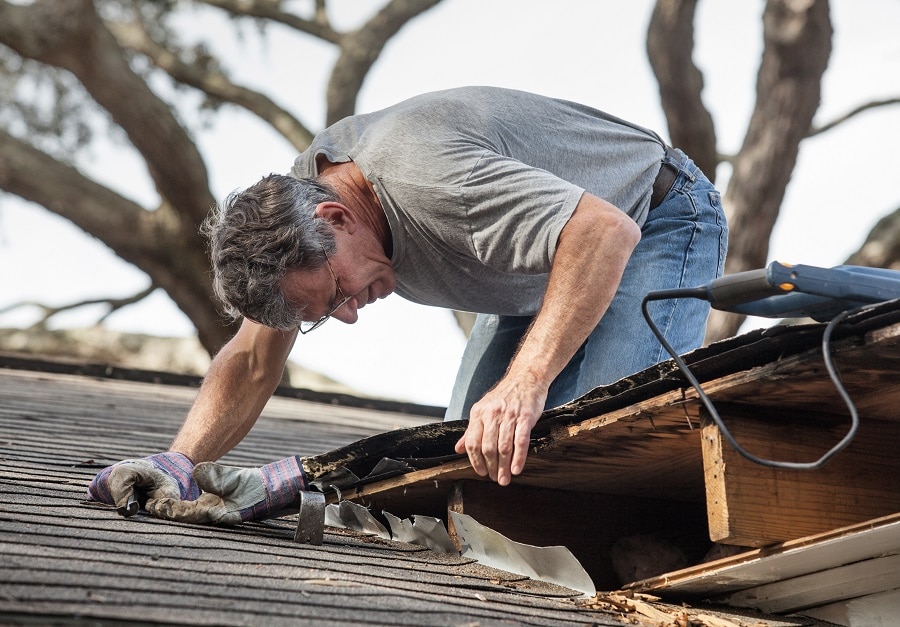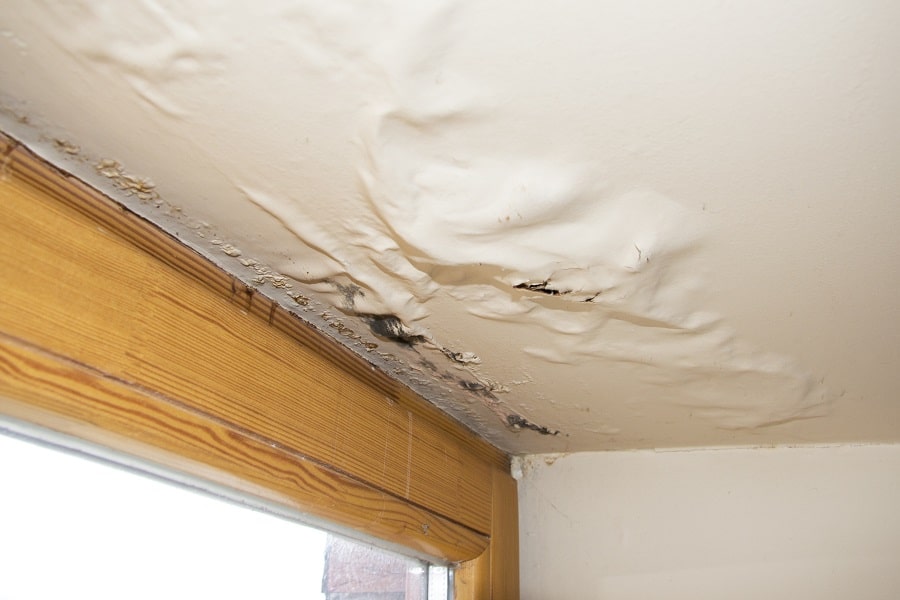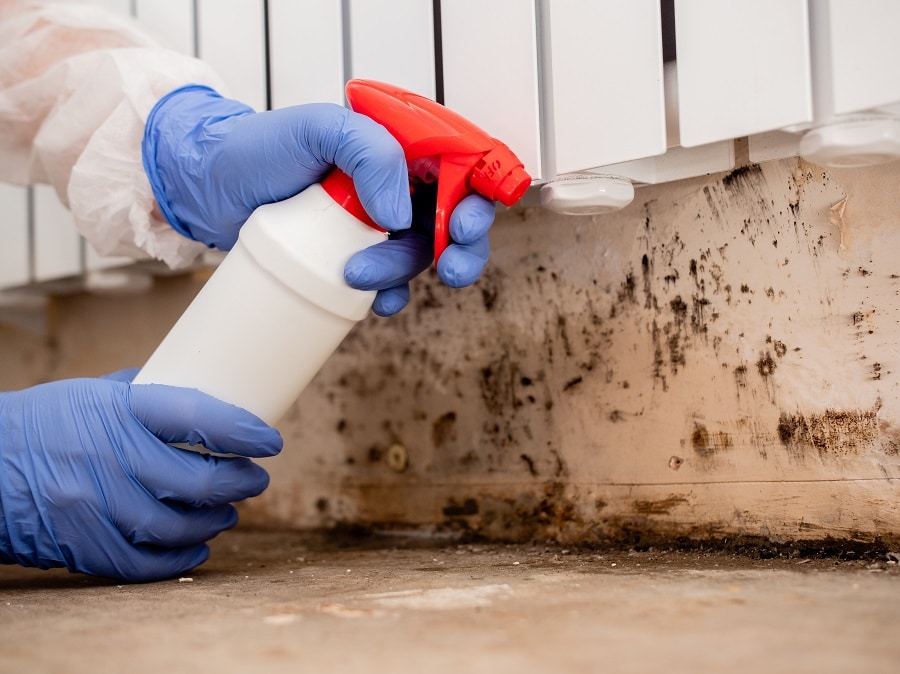Timber decay within buildings of any age is often caused by rot. Wood rot can show up in two prevalent forms: dry rot and wet rot, both resulting from fungal decay suffered by building timbers.
What is Wet Rot?
Wet rot is a parasite that can be found in wet timber. It distorts the timber, making it swell and separating the fibres, which eventually leads to crumbling and loss of strength in the structure. Wet rot causes wood decay and loss of structural integrity, making the timber disintegrate. Constant exposure to sources of moisture is usually responsible for the formation of wet rot. This can be from faulty plumbing or penetrating damp from the building’s ‘wet’ side. Wet rot is fungi that can spread and inflict damage on neighbouring timbers.
Our Guarantee
- upto 30 year guarantee
- customer focused team
- 20 years combined experience
- portfolio of satified customers
- attention to detail
- Construction line accreditation
- public liability insurance
- CHAS accreditation
What is the Difference Between Dry Rot and Wet Rot?
Dry rot triggers quick and extensive damage to structural timber as it spreads through the affected property. The wet rot fungus, on the other hand, is more common but typically less serious, usually restricting the decay to where the timber becomes and remains wet. In the absence of fungi, wet and dry rot can be differentiated by relating the extent of damage (size and type of cracks) and the colour of the timber with the development of either type of rot.
What causes Wet Rot?
Certain environmental conditions dictate the appearance of wet rot spores on timber. The major cause of wet rot is moist timber. Moisture facilitates the growth of the Wet Rot fungus. As a result, signs of decay become visible on the timber.
The Dangers of Wet Rot in Bexhill
Wet rot is a serious issue to deal with. It can destroy your property and reduce its value. Wet rot must be treated immediately it is noticed, or it will spread throughout your home. Recent surveys of 2,038 London homeowners asked whether they experienced wet rot, where the rot had taken hold and whether they were able to stop it recurring in the future.
Surprisingly, out of the respondents, 20% had battled some form of wet rot. Wet rot causes damage to timber floors and can make the building structurally unsound. In addition to provoking costly repair work, wet rot can drag down your property value, and insurance companies typically shy away from offering policies to houses experiencing moisture ingress or damp build-up.

What are the Warning Signs of Wet Rot?
The signs of wet rot or the conditions that allow the fungus to gain a foothold in the timber depend on the type of moisture it comes in contact with. Some obvious signs include peeling wallpaper, a musty smell, malfunctioning cookers and central heating boiler. Common areas where wet rot occurs include beneath the kitchen sink, along external walls, attics and roof spaces. Wet rot will normally affect older structures which have been constructed with timber frames and not modern species like Meranti and Sapele. Timber that is found below ground level or reaching a one-floor level is susceptible to wet rot as well. Identifying it when it appears is the first step towards getting rid of wet or dry rot. If you believe that your house suffers from a wet rot infestation, then you should carry out a damp survey immediately.
Call Our Sussex Damp Experts team now for quote, consultation and advice:
Call on 01273 257 765.
How and When Should I Look for Wood Rot?
Searching your home for any signs of wood rot or damp should be done annually, just like spring cleaning. The period just before winter; during your weatherproofing activities, is a good time for it. You need a flashlight and a screwdriver.
Examine the siding around and below the windows for signs of swelling or discolouration if your home has wood siding. Paint can often disguise wood rot, so poke the siding with the screwdriver to make sure that the wood is solid. If the wood has a spongy feeling and the surface gives in when you touch it, then you have wood rot. Examine the attic for discoloured wood with a powerful flashlight. Use the screwdriver test when you reach any part that fits the bill. Make sure you examine the roof decking’s underside, the joints where the wood members meet at the rooftop, and the attic edges where rafters slant down to form eaves. These are key locations for the growth of wood rot in the attic.
With the flashlight search for discolouration around the border wood plate that sits on top of your concrete basement wall, scrutinize the wood members. Inspect any discoloured areas using the screwdriver. Check floors and walls for signs of discolouration underneath the sinks or water leakage around the water heater and baths/tubs.
How do we identify wet rot?
Identifying wet rot is not an easy feat, several forms of wet rot have different effects on timber. If a knife can be buried up to the hilt in painted timber, the wood is suffering from rot. Our damp-proofing experts are trained to identify the following:
- Localised fungal growth on timber
- The soft, spongy feel of timber; the affected area appears darker than the surrounding timber.
- The soft and spongy texture of rotting timber; the affected region often looks darker than the other parts.
- That spongy, soft feel timber gets when affected by wet rot; the affected parts are darker than the other areas.
- The spongy, soft texture of rotten timber; the infested area is darker than the other parts.
- The springy feeling that is an indicator of wet rot; the affected area is often darker than others around it.
- Crumbling of affected dry timber into particles.
- Dry timber crumbling into particles.
- The crumbling of infested timber into dry particles.
- Dried-out timber disintegrating into particles.
- The disintegration of rot-eaten timber into particles.
- Shrinking timber
- Bleaching wood in window and door frames
- Flaky or damaged paint
- A musty, damp smell
What to Do After You Detect Wet Rot?
You need to engage a damp expert to treat wet rot and ensure the source of the moisture ingress is identified and stopped to ensure that the problem does not recur. For more help on wet rot treatment, Sussex Damp Experts can help! Reach us on 01273 257 765 today.
Wet Rot and Damp Proofing in Bexhill

If you need help with Wet Rot or Damp Proofing you are in the right place. Call us immediately you spot any indication of damp or wet rot in timber around the house. By helping you fix the problem, you can save money on expensive repairs and also minimise the health risks attached to letting the decay progress unimpeded. Our expert damp proofers will take the cause of the problem into account and proffer possible solutions to resolve it permanently.
Timber damp proofing is not a cosmetic treatment; it’s a maintenance strategy that’s designed to protect the timber from rot and decay. There are two main ways to protect the timber.
Surface treatments are never reliable; they fail and worsen the situation in due course. The only answer is to cover the entire surface with a membrane or treating/replacing the timber. If you want to speak to our experts for further information on wet rot treatment, call 01273 257 765 today and let Sussex Damp Experts help.
Wet Rot Treatment Specialists in Bexhill
With 20 years of experience offering damp proofing solutions, we are among Bexhill’s premier wet rot experts, providing free, no-obligation surveys and cost estimates to domestic homeowners and commercial property owners. Our damp proofing team will pay you a visit and identify signs of moisture invasion and wet rot, we will then provide a lasting solution to fix the problem. Our team of experts can diagnose and treat all types of wet rot in properties using advanced methods.
Wet Rot Treatment in Bexhill
Wet rot can be found predominantly in areas that are constantly exposed to moisture. Nevertheless, during treatment we don’t just get rid of the wet rot, we tackle the issue at its source. We identify how the timber gets in contact with moisture and block it against future occurrences. Treating rot should be left to expert professionals who can deliver a holistic solution. Delay in treatment results in pricey repair work down the line. It is advisable to contact professionals like Sussex Damp Experts when you identify any sign of damp or wet rot development in your building.

We have the necessary know-how to treat wet rot. Sussex Damp Experts is always ready to help, we quickly identify the cause of the humidity and the affected areas. Delaying could be fatal, call 01273 257 765 today or fill the contact form to save your timber!
Our Wet Rot Treatment Process in Bexhill
As is the case of the majority of property-related issues, the longer you put off acting on a persistent problem, the worse it is likely to get. If you identify the presence of the fungal rot early, treatment can usually be confined to a small area of timber. In situations where the rot has advanced across your timber’s breadth, you may need to get replacements for full timber beams or take on major repair work. Treating wet rot involves a series of steps. The wet rot treatment should start by attacking the problem at the root; protecting the timber from contact with moisture. If there is water leakage in your home that affects the timber, we identify the source and apply corrective measures. Builders and contractors who lack expertise often resort to replacing the affected wood. Thereafter, such treatment typically involved the spraying of chemical preservatives in the affected area. Such an approach is assured of failure. If you are unsure about the presence of wet rot in your building, no worries! Sussex Damp Experts is always ready to help you get rid of it and save your timber.
What happens to Wet Rot if left untreated?
If you fail to treat wet rot, the structural timber in your property will eventually weaken and, in certain cases, will prove a threat to the safety of residents in the home. When rot sets in, the timber becomes spongy and soft, and caves in when you prod it with a sharp edge such as a knife or screwdriver. The ultimate result is a loss of structural integrity and even possibly your building being condemned. Call Sussex Damp Experts on 01273 257 765 and talk with our experts today!
What is the cost of Wet Rot Treatment in Bexhill?
The effects of rot are devastating for any property. The cost of repairs and damp proofing is based on the type and extent of damage done to the timber, however, don’t be discouraged. With our team of professionals available to help, you will quickly realise that wet rot treatment in Bexhill can be affordable. We advise you on the best course of action to protect your home and your health.
How to prevent wet rot?
At all times, wood should be kept dry to avoid cases of rot. Wood hardeners are an effective way of protecting timber that is at risk of being infested by wet rot. The wood becomes stronger as the hardener soaks into it. The most vulnerable areas in a building are the window boxes and sills, including timber beams that haven’t been damp proofed and stand close to brickwork.
Talk to Our Wet Rot Treatment Experts Today!
If you want to speak to our experts for further information on wet rot treatment, call 01273 257 765 today and let Sussex Damp Experts help.
FAQ
Is wet rot smelly?
Is Wet Rot Capable of Spreading?
Can Wet Rot Cause Health Problems?
Is there a DIY treatment solution?




